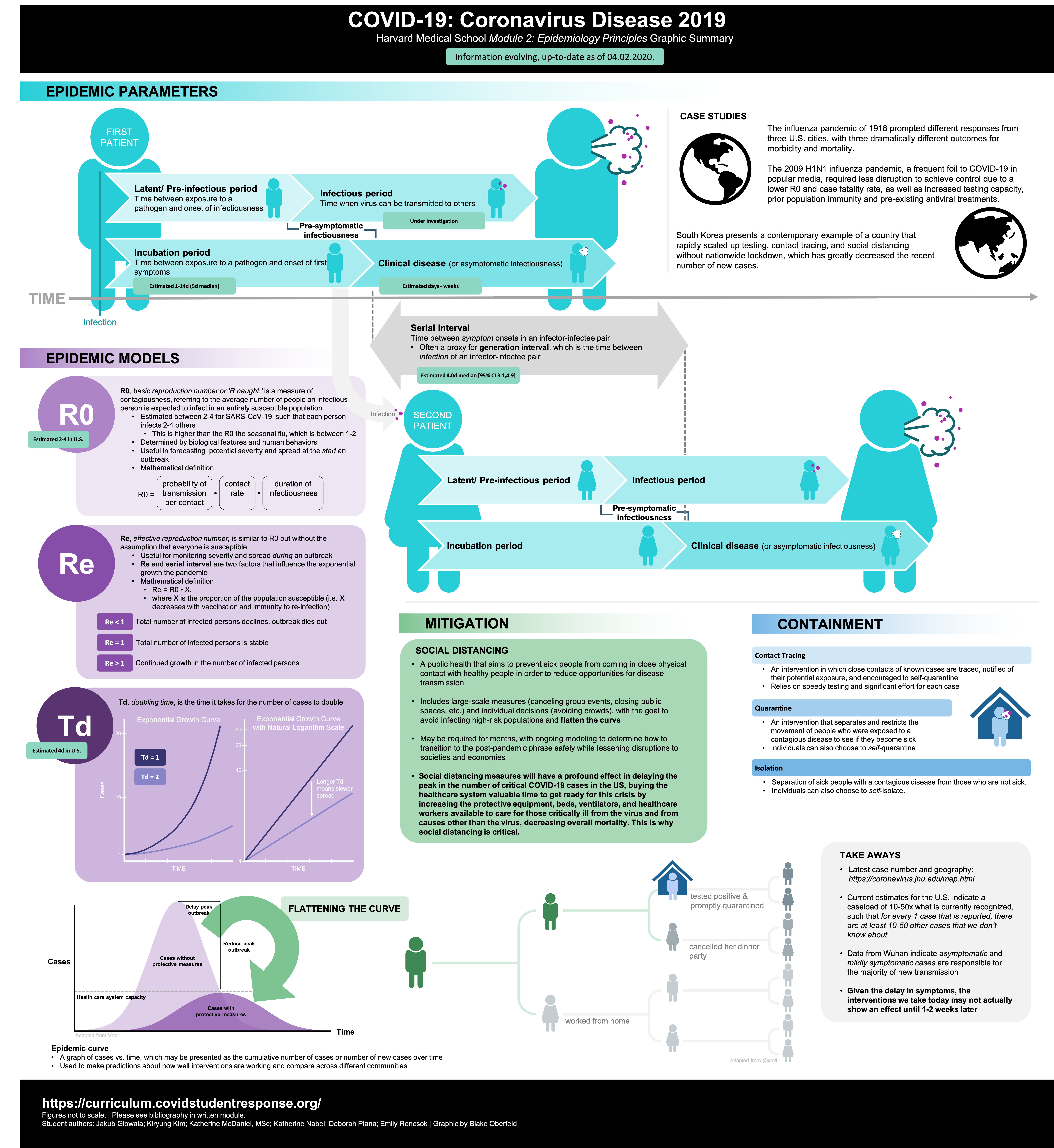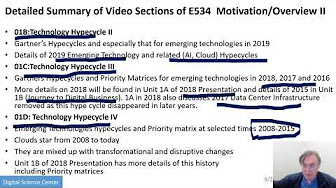This course introduces the REU students to various topics in Intelligent Systems Engineering. The course was taught in Summer 2020.
This course introduces the REU students to various topics in Intelligent Systems Engineering. The course was taught in Summer 2020.
Computational Foundations
- Brief Overview of the Praxis AI Platform and Overview of the Learning Paths
- Accessing Praxis Cloud
- Introduction To Linux and the Command Line
- Jupyter Notebooks
- A Brief Intro to Machine Learning in Google Colaboratory
Programming with Python
Selected chapters from out python Book
- Analyzing Patient Data
- Loops Lists Analyzing Data
- Functions Errors Exceptions
- Defensive Programming Debugging
Coronavirus Overview
Basic Virology and Immunology

|
SnapShot: COVID-19: In December 2019, several cases of pneumonia of unknown origin were reported in Wuhan, China. The causative agent was characterized as a novel coronavirus, initially referred
to as 2019-nCoV and renamed severe acute respiratory syndrome coronavirus-2 (SARS-CoV-2) (Zhou et al., 2020b). This respiratory illness, coronavirus disease 2019 (COVID-19),
has spread rapidly by human-to-human transmission, caused major outbreaks worldwide, and resulted in considerable morbidity and mortality. On March 11, 2020, WHO classified
COVID-19 as a pandemic. It has stressed health systems and the global economy, as governments balance prevention, clinical care, and socioeconomic challenges.
|

|
Basic Virology and Immunology: In December 2019, a series of cases of pneumonia of unknown origin were reported in Wuhan, the capital city of Hubei province in China. The causative virus was isolated and characterized in January 2020 (Zhou et al., Nature 2020, Zhu et al., NEJM 2020). On January 12, 2020, the World Health Organization (WHO) tentatively named the virus as the 2019 novel coronavirus (2019-nCoV). On January 30, 2020 WHO issued a public health emergency of international concern (PHEIC) and on February 11, 2020, the WHO formally named the disease caused by the novel coronavirus as coronavirus disease 2019 (COVID-19). At that time, based on its genetic relatedness to known coronaviruses and established classification system, the International Committee on Taxonomy of Viruses classified and renamed 2019-nCoV as severe acute respiratory syndrome coronavirus 2 (SARS-CoV-2). On March 11, 2020, the WHO formally characterized the global spread of COVID-19 as a pandemic, the first to be caused by a coronavirus.
|
Clinical Presentation
Management of COVID-19
Investigational Therapeutics and Vaccine Development
Coronavirus Genomics Superlab
Pull from Computational Biology Journey
SARS by the numbers
Epidemiology
Introduction to Epidemiological Terms
Where Are We Now?
Where Will We Be Next?
Approaches to Long-Term Planning
Case Studies
Introduction to AI/Deep Learning
Deep Learning in Health and Medicine A: Overall Trends
Deep Learning in Health and Medicine B: Diagnostics
Deep Learning in Health and Medicine C: Examples
Deep Learning in Health and Medicine D: Impact of Corona Virus Covid-19
Deep Learning in Health and Medicine E: Corona Virus Covid-19 and Recession
Deep Learning in Health and Medicine F: Tackling Corona Virus Covid-19
Deep Learning in Health and Medicine G: Data and Computational Science and The Corona Virus Covid-19
Deep Learning in Health and Medicine H: Screening Covid-19 Drug Candidates
Deep Learning in Health and Medicine I: Areas for Covid19 Study and Pandemics as Complex Systems
REU Projects
- REU Individual Project Overview and Expectations
- Accessing the Coronavirus Datasets
- Primer on How to Analyze the Data
Effect of AI on Industry and its Transformation
Introduction to AI First Engineering
Examples of Applications of Deep Learning
Optimization – a key goal of Statistics, AI and Deep Learning
Learn the Deep Learning important words/components
Deep Learning and Imaging: It’s first greast success
For the BIg Data Class we revised the following material
Big Data Overview Fall 2019
Big Data, technology, clouds and selected applications
Cloud Computing





